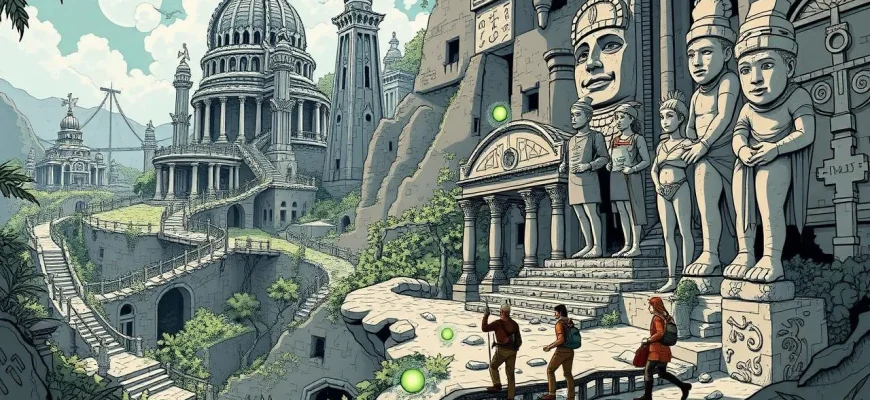- The Secret of the Incas (1954)
- Indiana Jones and the Temple of Doom (1984)
- The Lost City of Gold (1986)
- The Lost World: Jurassic Park (1997)
- The Mummy (1999)
- The Road to El Dorado (2000)
- Atlantis: The Lost Empire (2001)
- Journey to the Center of the Earth (2008)
- The City of Ember (2008)
- King Solomon's Mines (1985)
Embark on a cinematic journey to discover the mysteries of lost civilisations with this curated selection of adventure films. These movies not only entertain but also ignite the imagination, offering a glimpse into worlds forgotten by time. Whether you're a fan of ancient mysteries, hidden treasures, or the thrill of exploration, this collection promises to transport you to places where history and fantasy intertwine.

The Secret of the Incas (1954)
Description: An adventurer searches for a legendary golden sunburst in Peru, encountering the remnants of the Inca civilization and their hidden treasures.
Fact: The film was shot on location in Peru, providing authentic Inca ruins. It's also notable for being one of the first films to feature a character that inspired the look of Indiana Jones.
 Watch Now
Watch Now
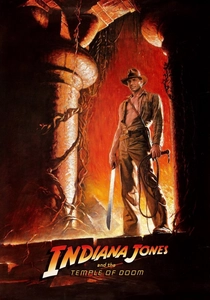
Indiana Jones and the Temple of Doom (1984)
Description: Indiana Jones travels to India to retrieve a sacred stone, encountering a forgotten cult and their ancient practices. It's a quintessential adventure film with a lost civilisation twist.
Fact: The film was originally conceived as a prequel to "Raiders of the Lost Ark." The infamous "chilled monkey brains" scene was inspired by a real dish.
 Watch Now
Watch Now
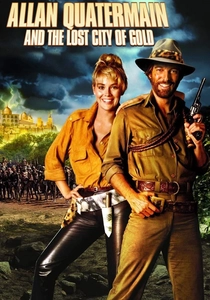
The Lost City of Gold (1986)
Description: This film follows an explorer's quest to find the legendary El Dorado, a city of gold hidden deep in the Amazon jungle. It's a classic adventure tale with a touch of historical intrigue.
Fact: The film was shot on location in Brazil, providing authentic jungle scenes. It was also one of the first films to use animatronics for wildlife.
 Watch Now
Watch Now
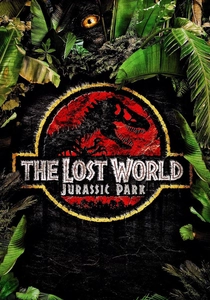
The Lost World: Jurassic Park (1997)
Description: While not strictly about a lost civilization, this sequel explores a second island where dinosaurs still roam, representing a world untouched by modern civilization.
Fact: The film features a scene where a T-Rex chases a trailer off a cliff, which was done with practical effects and miniatures.
 Watch Now
Watch Now
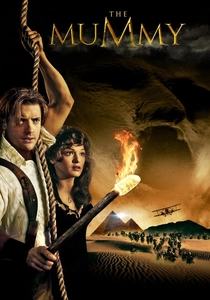
The Mummy (1999)
Description: Set in the 1920s, this film revolves around the discovery of an ancient Egyptian tomb, unleashing a curse that brings the mummy back to life. It's a blend of adventure, horror, and lost civilisation themes.
Fact: The film's set for Hamunaptra was one of the largest ever built for a movie. Brendan Fraser performed many of his own stunts.
 Watch Now
Watch Now
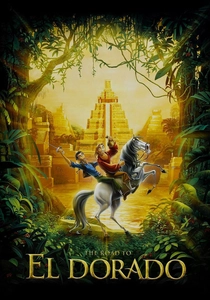
The Road to El Dorado (2000)
Description: Two con artists accidentally stow away on a ship to the New World, where they find themselves in the mythical city of El Dorado, a lost civilization of gold.
Fact: The film was DreamWorks' first animated feature to use a completely digital production pipeline. It features music by Elton John and Tim Rice.
 Watch Now
Watch Now

Atlantis: The Lost Empire (2001)
Description: A linguist leads an expedition to find the mythical city of Atlantis, encountering ancient technology and a forgotten civilization beneath the sea.
Fact: The film was inspired by Jules Verne's "20,000 Leagues Under the Sea" and "Journey to the Center of the Earth." It was one of Disney's first attempts at a more mature animated feature.
 Watch Now
Watch Now
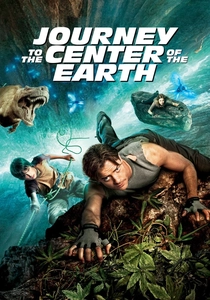
Journey to the Center of the Earth (2008)
Description: A science professor and his nephew discover a lost world beneath the Earth's surface, filled with prehistoric creatures and remnants of ancient civilizations.
Fact: The film was shot in 3D, making it one of the early films to capitalize on the 3D movie trend. It features a scene where the characters slide down a mountain, which was done with practical effects.
 Watch Now
Watch Now
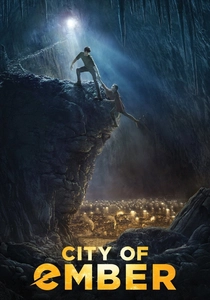
The City of Ember (2008)
Description: In a city built to last 200 years, two teenagers discover the truth about their underground home and seek an escape to the forgotten world above. It's a unique take on a lost civilisation.
Fact: The film's setting was inspired by the real-life underground city of Derinkuyu in Turkey. The movie's production design was praised for its creativity.
 Watch Now
Watch Now
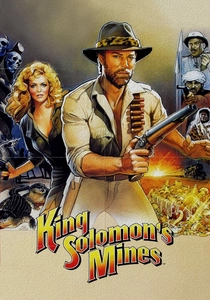
King Solomon's Mines (1985)
Description: An adventurer and his team search for the legendary mines of King Solomon, encountering lost tribes and ancient treasures along the way.
Fact: The film was shot in Zimbabwe, providing authentic African landscapes. It was also one of the first films to use a computer-generated image for a scene involving a stampede.
 30 Days Free
30 Days Free

